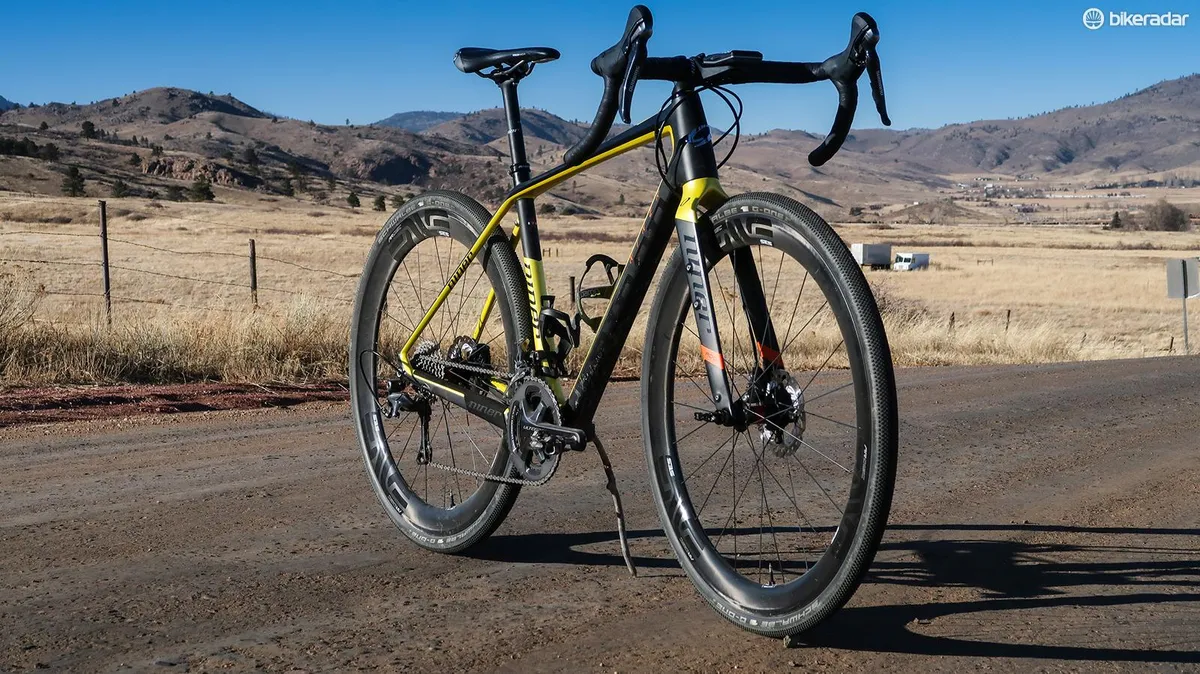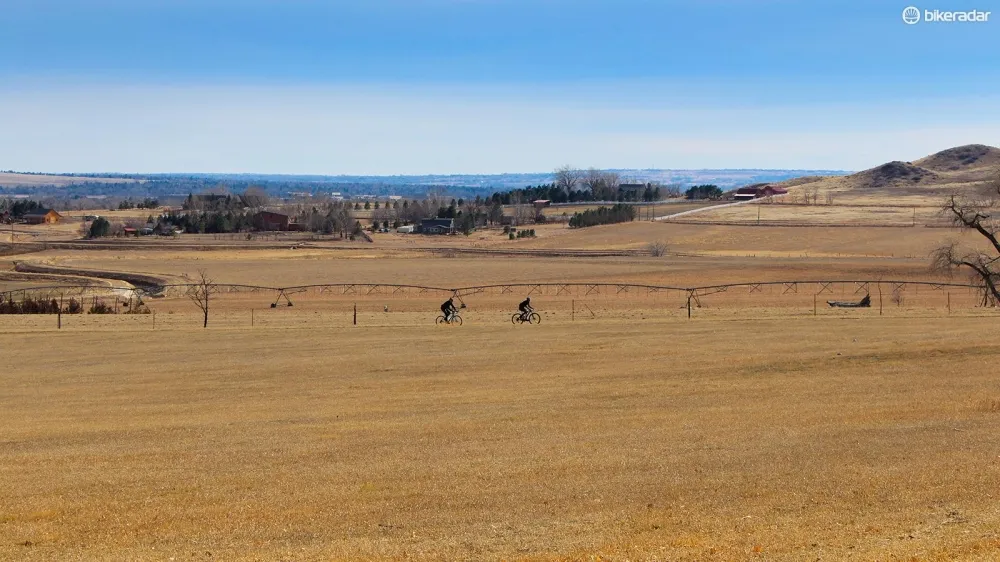Mixed surface races are always a mixed bag. No matter how much you analyze and agonize over what to ride, there will inevitably be sections of the course where your bike isn’t ideal. Such was the case with the Old Man Winter Rally, an early season fondo held in Lyons, Colorado.
- Get started with gravel grinding
- Horse for the Course: Grinding away at Grinduro
- Horse for the Course: Specialized CruX for the Dirty Kanza 200
- The course: a 65-mile / 104km mixed surface fondo
- The horse: Niner's new RLT 9 RDO with a few race-day modifications
Niner RLT 9 RDO — a high-end gravel racer
The Old Man Winter Rally route included pavement, hard-packed dirt roads and a rocky off-road climb. The varied nature of the course meant riders lined up at the start on everything from traditional road bikes with 700x28c tires to fat bikes.
The course was dry and mostly snow-free this year, so fat bikes were overkill, and there were significant portions of the course where a standard road bike was a good choice.
To make the most of the singletrack and dirt road sections I chose to hedge my bets and ride a gravel race bike.
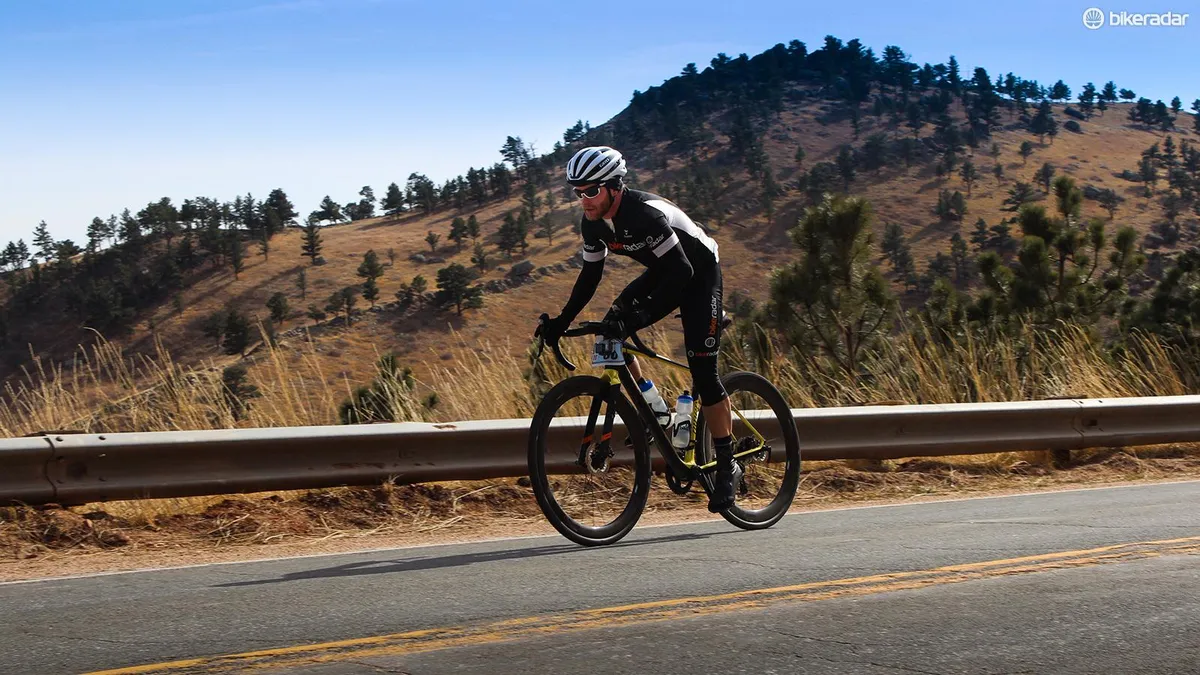
The horse for this course was Niner’s recently released RLT 9 RDO.
The name is a mouthful of acronyms. RLT stands for “Road Less Traveled” and is the designation Niner uses for its family of drop bar bikes designed for gravel riding and touring. RDO stands for “Race Day Optimized” and signifies that this is the highest performance model within Niner’s gravel bike family.
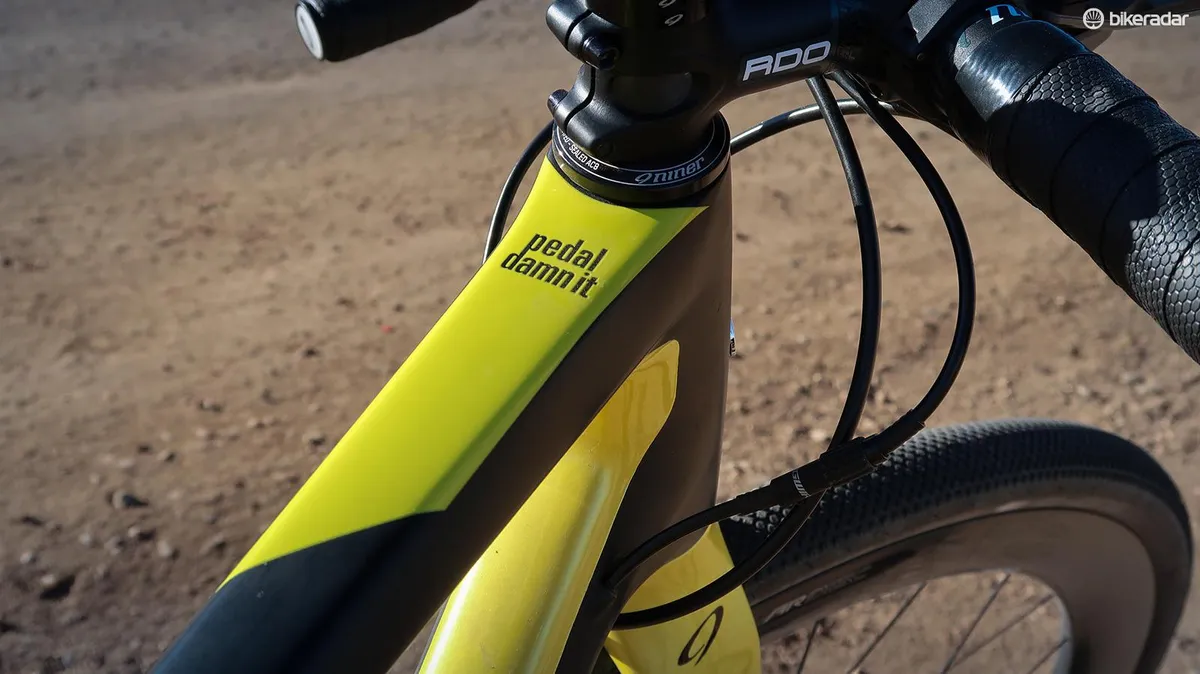
I rode the RLT 9 RDO with Niner’s Four Star build. It’s one trim level from the top and features a mechanical Shimano Ultegra drivetrain, a house-branded carbon tubeless-ready wheelset and more house kit for the seat, seatpost and handlebar.
Unlike the Specialized CruX I raced at the Dirty Kanza 200 last summer, the short length of the Old Man Winter Rally and less challenging terrain didn’t require as many modifications to the stock set-up.
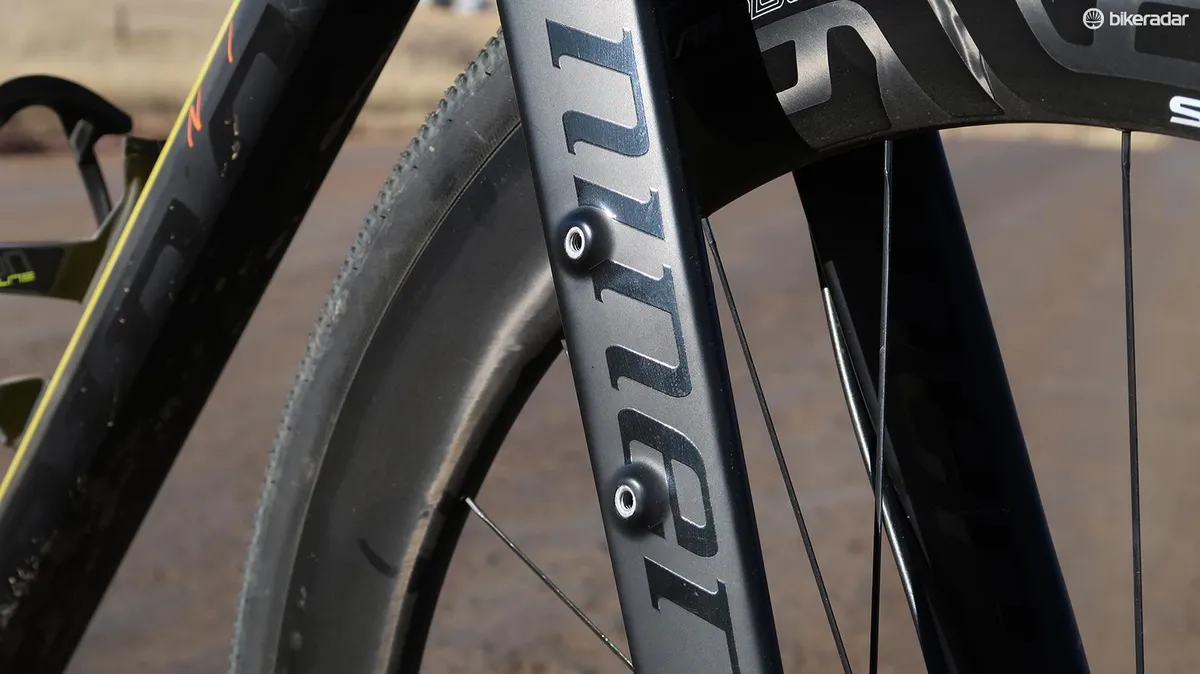
I did swap the stock wheelset for Enve’s SES 4.5 AR Disc wheels, which are featured on the premium RLT 9 RDO build.
Did they shave time off the clock? I have no benchmark for comparison. They do look cool and made me feel faster, which was good enough for me.
I also kept the stock tires. Schwalbe’s G-One tires are very fast rolling with little dots for tread. (I refer to them as speed-nubbins.) The tires were run tubeless at about 45 psi.
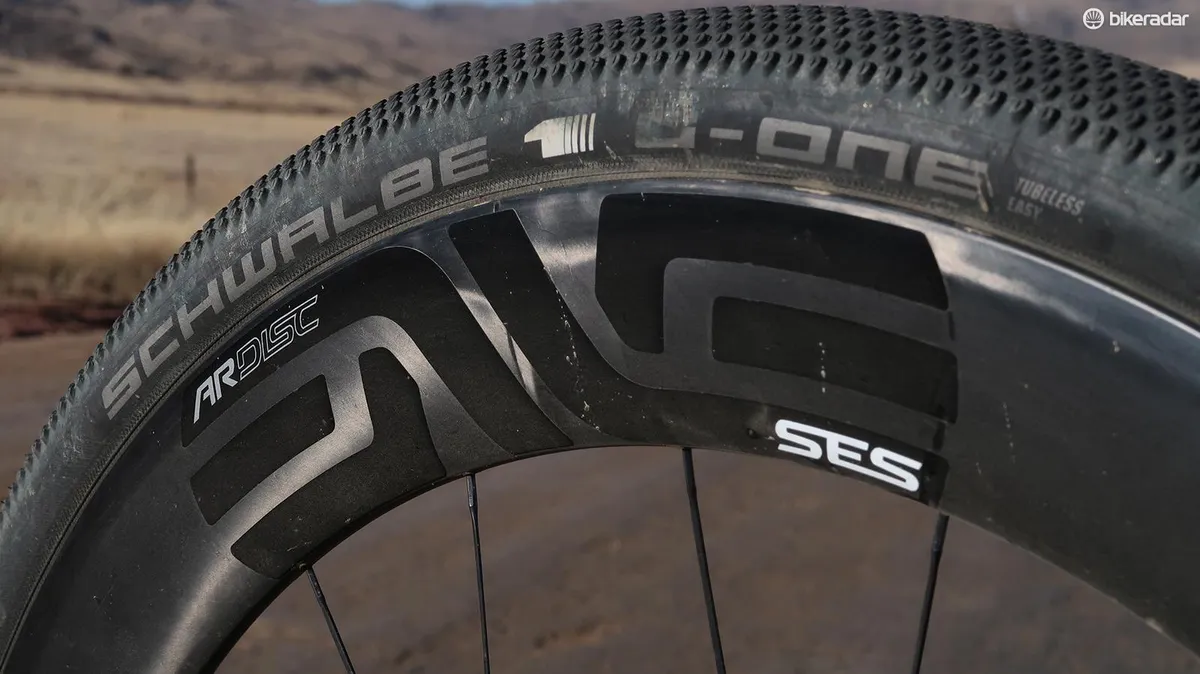
In my experience, these tires lack adequate puncture protection for chunky gravel, but most of Colorado’s Front Range “gravel” is really just hard-packed dirt, making these tires more than adequate.
The SES 4.5 AR Disc rim was designed for high volume road tires. Its generous internal width of 25mm spread the 700x35 G-One tires to 37mm.
One other small but important change involved swapping the stock saddle for Ergon’s SMC3. It’s an endurance mountain bike saddle I’ve used for many endurance gravel events and I know it will treat my posterior with respect.
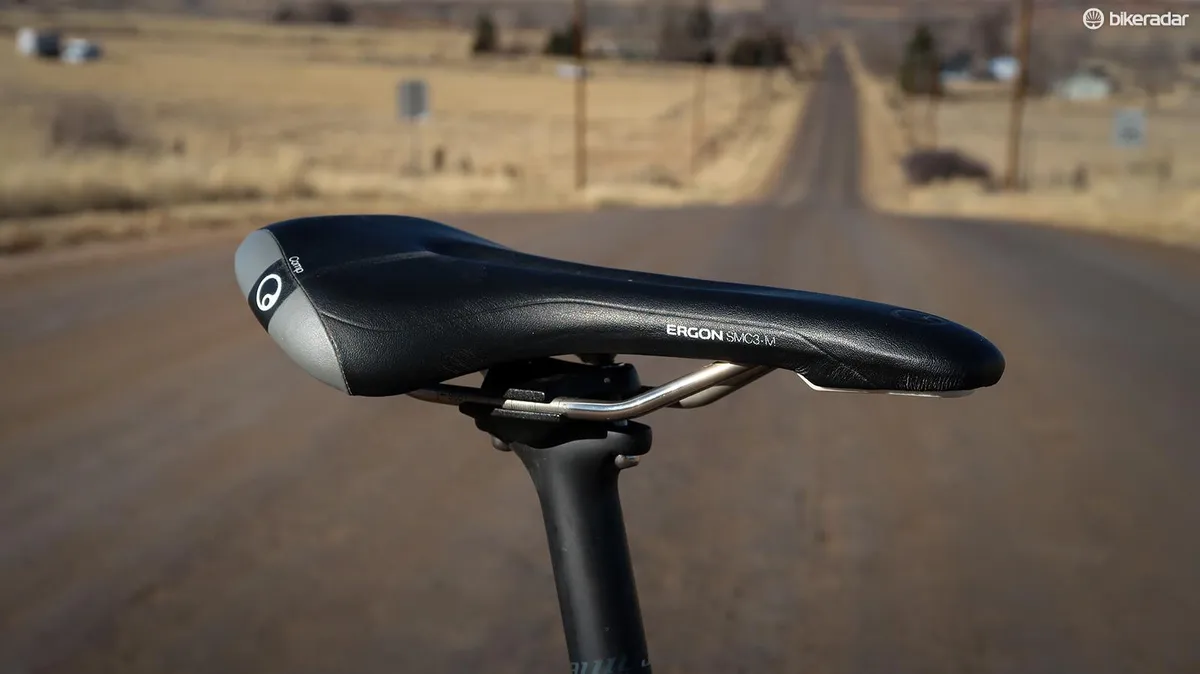
With those changes made and Shimano XT pedals and two water bottle cages bolted on, the RLT 9 RDO weighed in at 19.5lbs / 8.8kg.
After a neutral rollout, the field quickly splintered as the local pros strung out the average Joes.
Embracing my status as a mediocre bike racer I started mid-pack and gradually moved forward when the opportunity presented itself.
No matter how much you analyze and agonize over what to ride, there will inevitably be sections of the course where your bike isn’t ideal
Riders on road bikes and those on gravel or cyclocross bikes with semi-slick tires certainly held the advantage for most of the event.
The off-road portion of the course consisted of a two-mile climb up a rocky trail. The grade wasn’t particularly steep and the embedded rocks were easy enough to navigate on the Niner.
However, the north-facing exposure made for pockets of packed snow and rutted ice. This required a bit of finesse to navigate or a willingness to hike-a-bike.
I took one tumble, but the speed-nubbins of Schwalbe’s G-Ones hooked up surprisingly well. Aside from this technical climb, the remainder of the route consisted of more pavement and hard-packed dirt. It was just after this rocky ascent that I realized there was one significant flaw with my set-up.
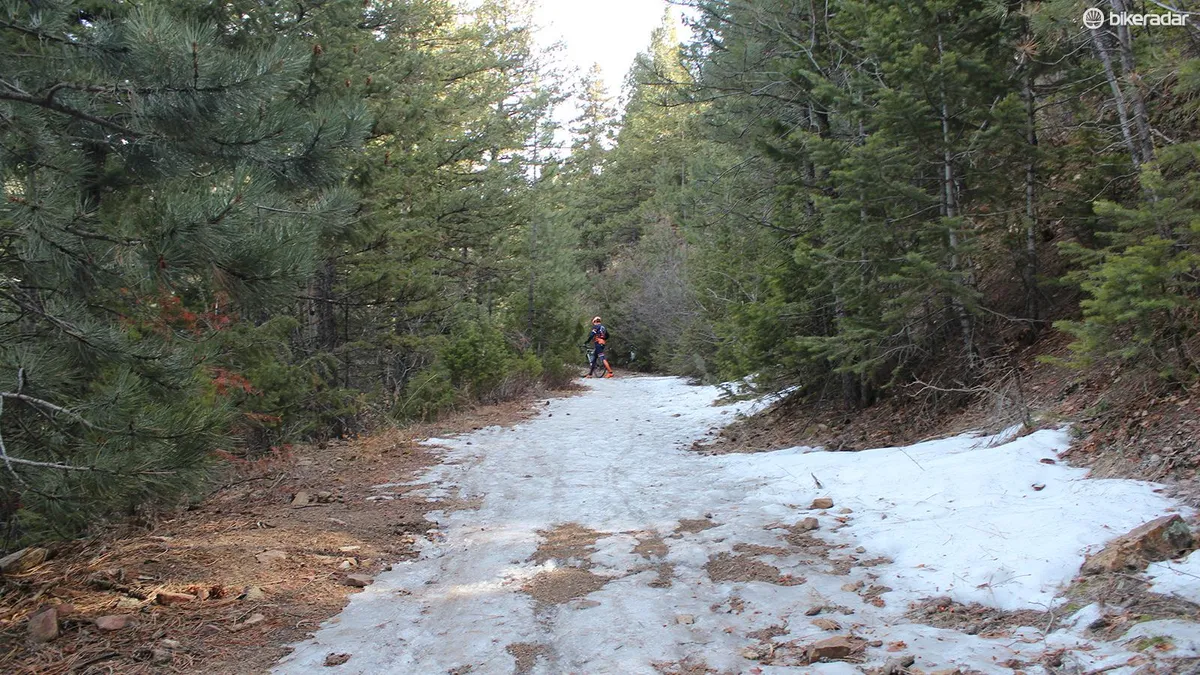
Niner specs the RLT 9 RDO with a 46/36t crankset. This is the norm for cyclocross bikes, but it isn’t a common chainring combination for gravel bikes and it certainly didn’t offer enough top-end gearing for this event.
The second half of the race trended downhill. I frequently found myself spun-out like a hamster in a wheel on gradual descents.
Yes, micro-compacts are gaining popularity. They definitely have merit for recreational riding and loaded touring, but a 46/36t combo leaves much to be desired at both ends of the gearing spectrum. It just doesn’t seem in line with this race-driven gravel bike.
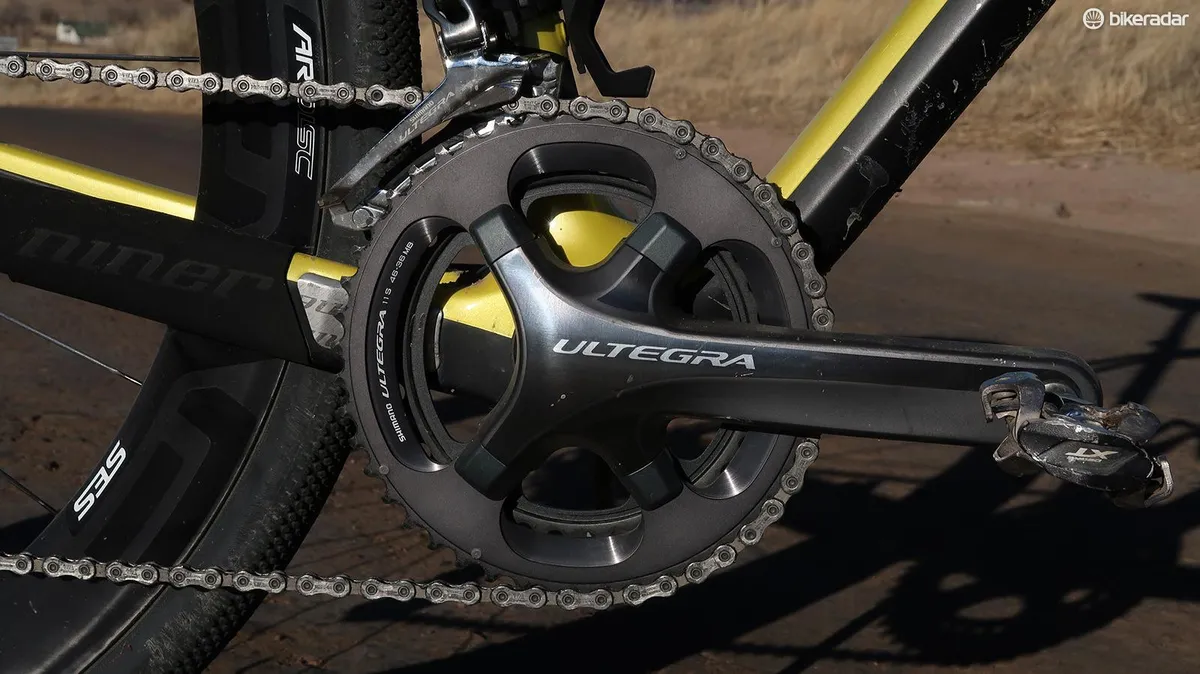
Gearing issues aside, the RLT 9 RDO was a very comfortable bike for the event. In comparison to Niner’s cyclocross bike, the BSB 9 RDO, the top tube of the RLT 9 RDO has a more pronounced slant from the head tube to the seat tube. This allows for more exposed seatpost, which results in more fore and aft flex, which in turn improves comfort on rough roads.
Post race reflection
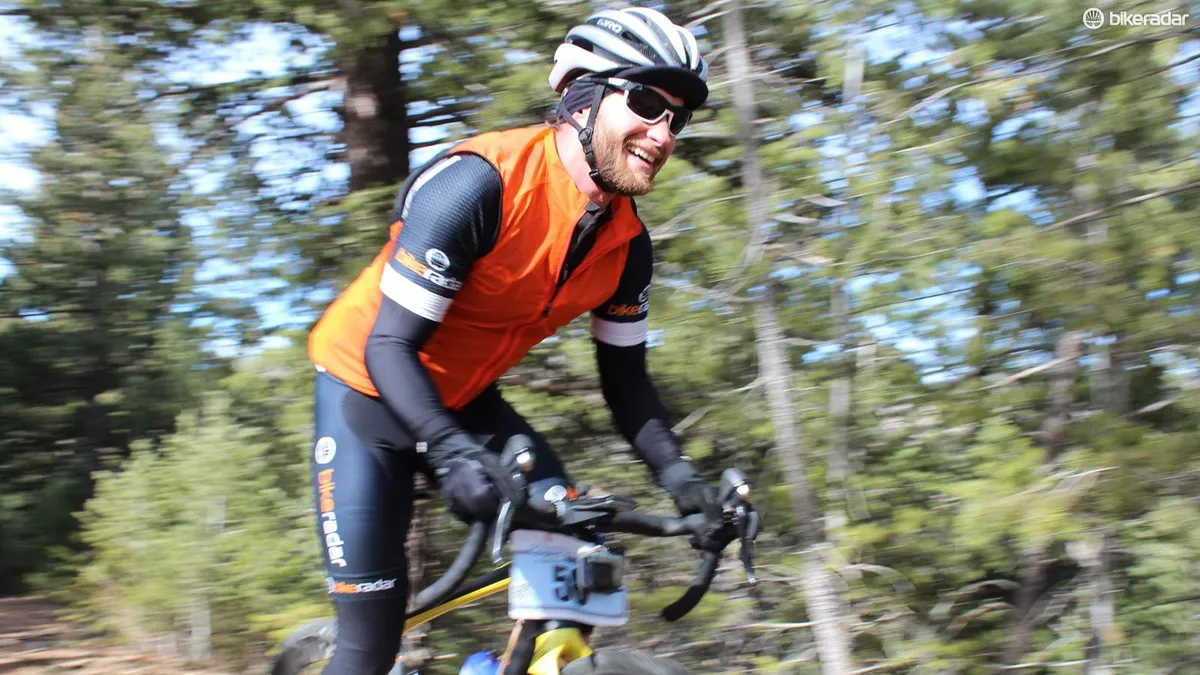
When the dust settled I was satisfied with my finish. The RLT 9 RDO and I and managed to finish in the top quarter of the 200+ person field.
If I return next year, I’ll certainly run a compact crankset to make the most of the flats and descents. If conditions are mostly snow-free, I may opt for an endurance road bike with narrower, 28-30mm tires.
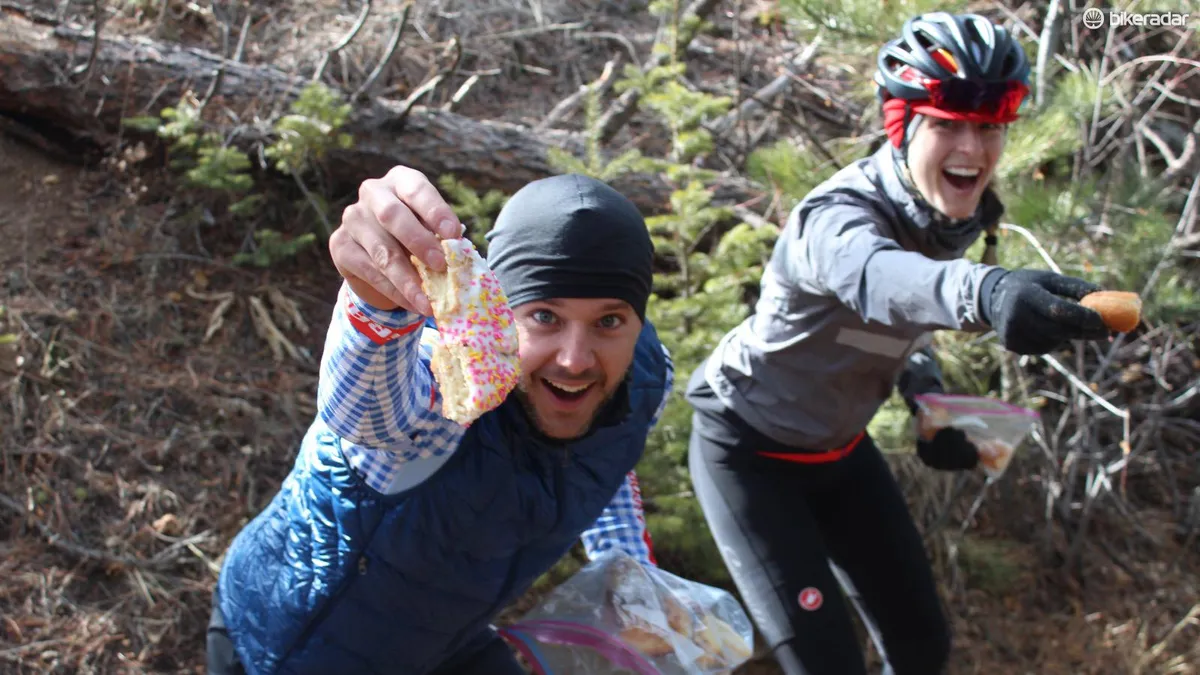
No matter what bike you ride, you're guaranteed to have a good time. The Old Man Winter Rally is a well-supported event with plenty of aid stations staffed by friendly and encouraging volunteers and a post-race party with music, hot chili, and cold beer supplied by Oskar Blues Brewery.
